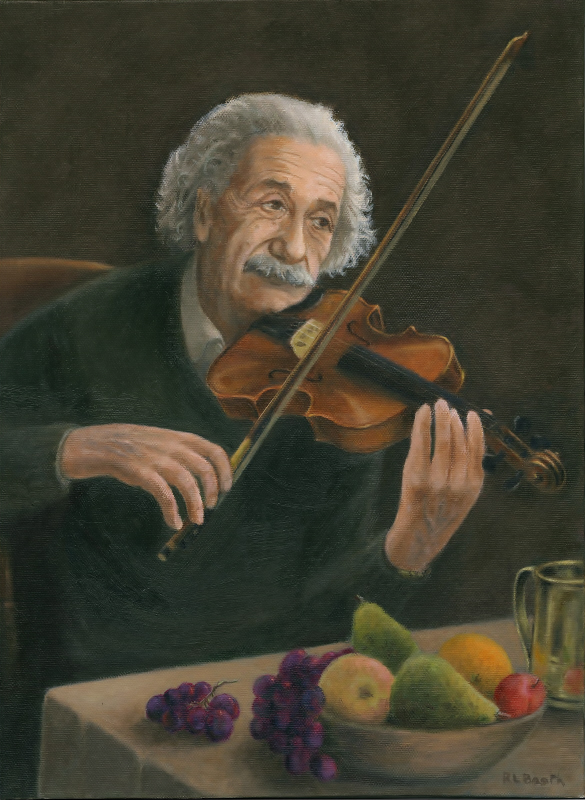STEM focus meant to nurture the next generation of scientists and engineers leaves out a critical piece of education. The Arts.
In the mythology created about Steve Jobs is his study of calligraphy. He spoke of being drawn to the visual impression, the curves of the letters and the spaces between them. Good engineering at Apple included the visual, the tactile, the emotional response the user had to the product.
 Visiting the Art Center College of Design in Pasadena, I learned two surprising things. 1) The college has long played a role in automotive design for global companies and 2) everybody takes typography. It’s seen as foundational training. Students work on creating a typeface and, over time, understand the persistence needed to get it right, to see the difference made in a minute change of curve or the opening of a space. Car manufacturers like BMW, working with the school, know that in designing their next auto, a few millimeters will impact the visual impression and, ultimately, sales.
Visiting the Art Center College of Design in Pasadena, I learned two surprising things. 1) The college has long played a role in automotive design for global companies and 2) everybody takes typography. It’s seen as foundational training. Students work on creating a typeface and, over time, understand the persistence needed to get it right, to see the difference made in a minute change of curve or the opening of a space. Car manufacturers like BMW, working with the school, know that in designing their next auto, a few millimeters will impact the visual impression and, ultimately, sales.
Innovation is the hot buzz word in business today. Meeting rooms have become “Innovation Labs.” Innovation requires left and right brain integration. You can teach the science but students need to exercise the arts to take their learning outside of that box and into the realm of innovation. We’ve cut budgets and done away with the arts education in schools. Reducing class sizes hasn’t been conclusively shown to improve outcomes. we can trace the influence of the arts on our top scientists and engineers. Albert Einstein was not only the outstanding scientist of the 20th century, but a gifted musician. He said, “Life without playing music is inconceivable to me. I see my life in terms of music.”
Let’s get it right. STEM should be STEAM. If we truly value the outcomes we say we do, put the Arts back in education.
